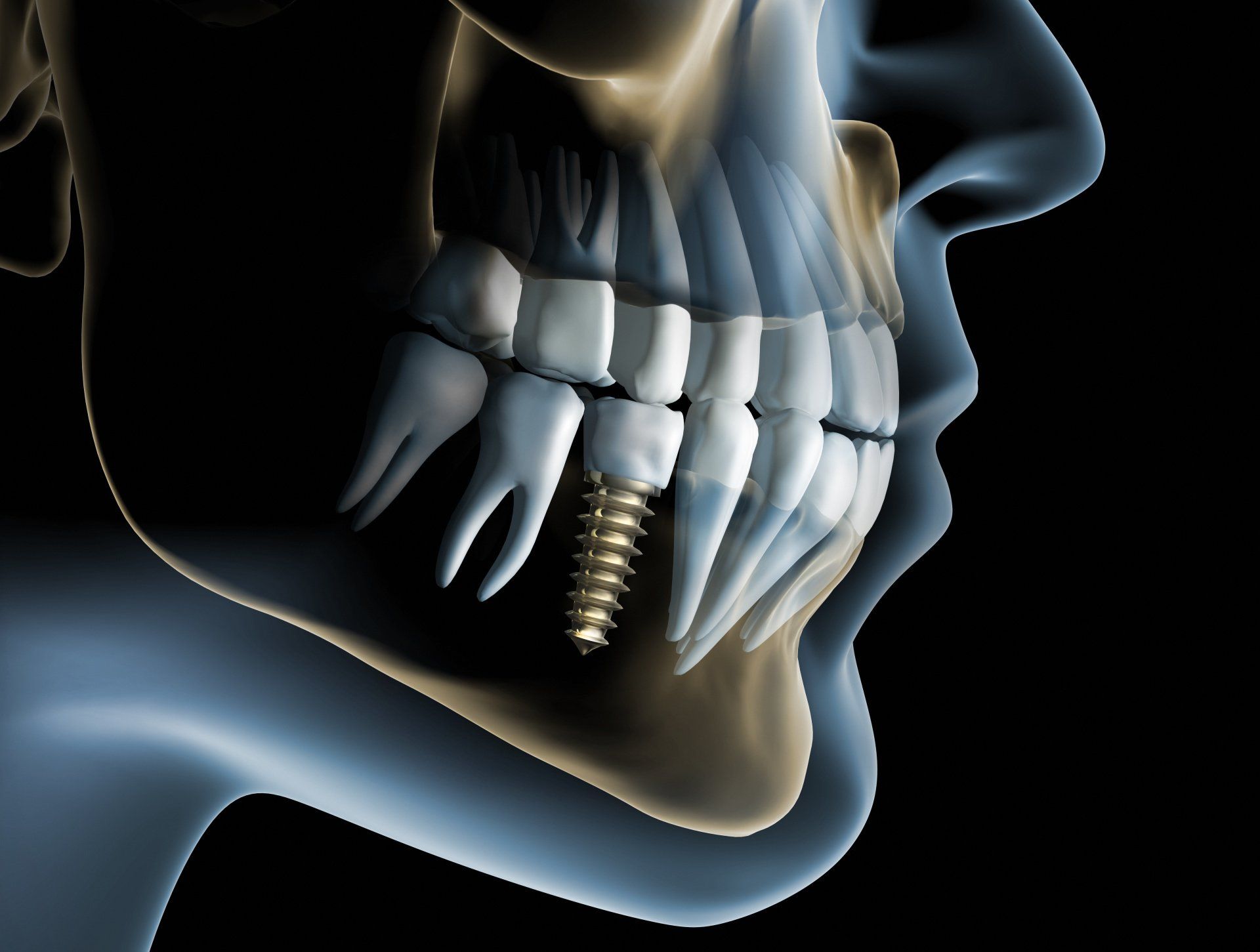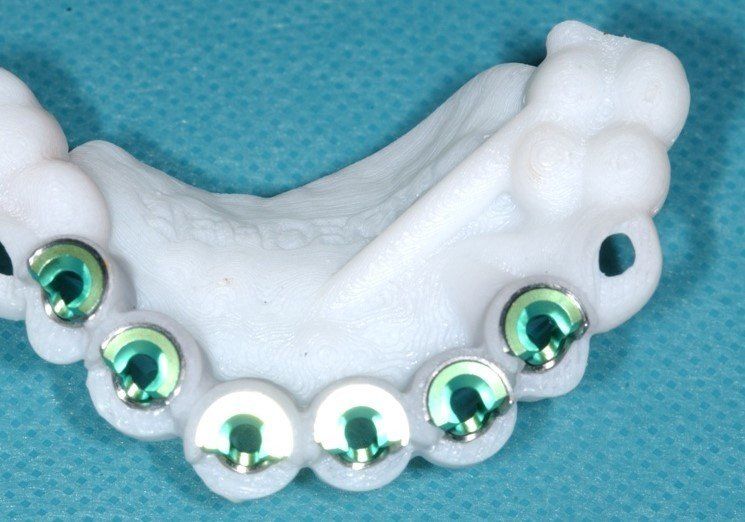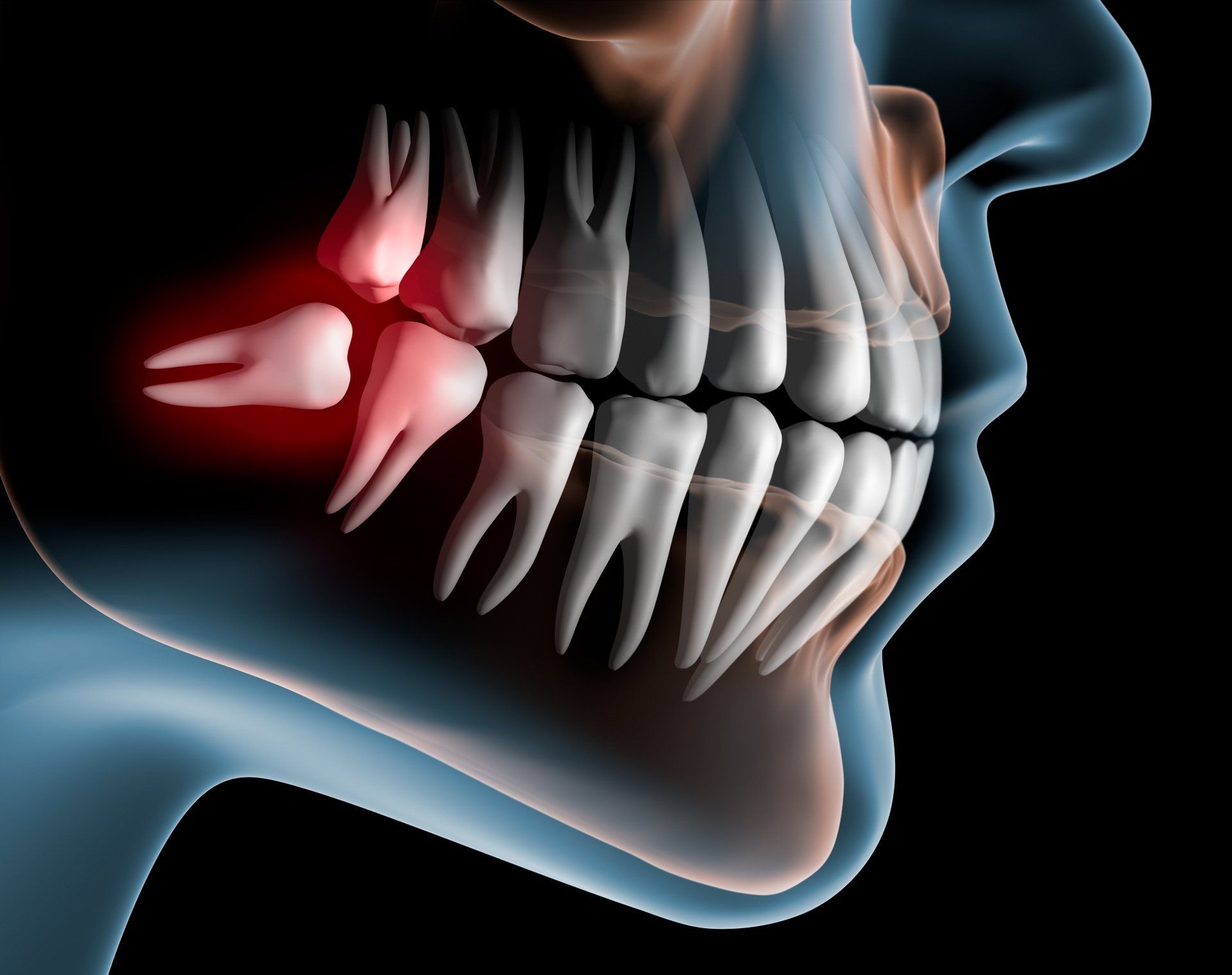The replacement of lost teeth with bridge constructions with grinding of neighboring teeth or removable dentures does not meet the wishes of many patients. Painless minimal surgical interventions can help you quickly with dental implants. For an optimal treatment result, patient-oriented implant therapy, taking into account the latest scientific findings and in particular your individual tissue situation, is of great importance. Even if you have not yet finally decided on such a therapy, I would be happy to offer you my medical and dental advice. Major surgical interventions or complex bone augmentation can often be avoided with special implants. Your health and the fulfillment of your wishes are our top priority.
immediate implants
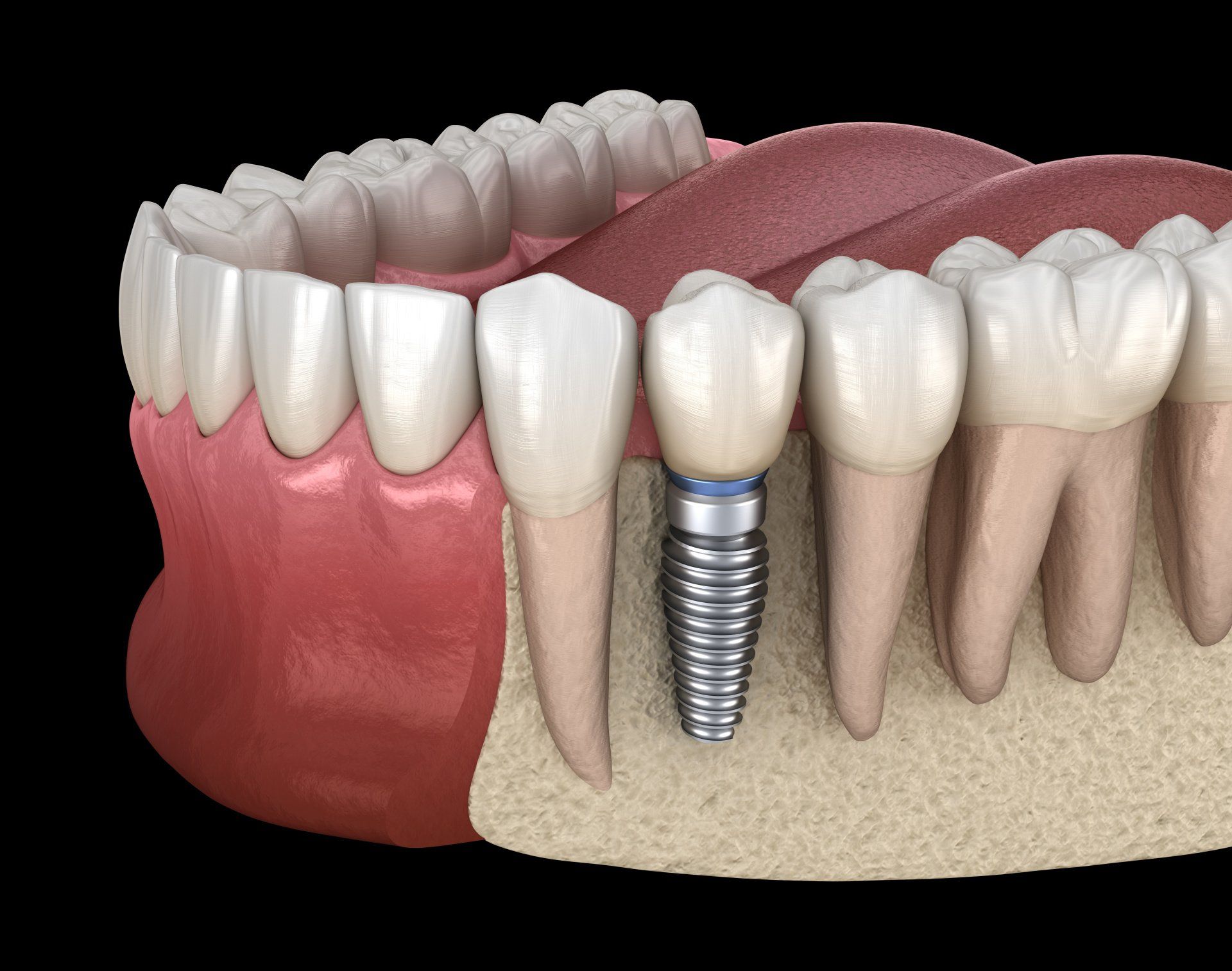
It is often possible to insert an implant as a replacement immediately after a tooth has been extracted. As a result, another implantological-surgical intervention can be avoided. For precise planning, it is helpful to carry out a 3D bone analysis using digital volume tomography (DVT), because in order to minimize risks, your individual tissue morphology and your individual anatomical conditions must of course be precisely analyzed. You are welcome to make an appointment for a consultation, during which advanced, state-of-the-art diagnostics in the sense of 3-D imaging (DVT) can be carried out directly in the practice within a few minutes.
Immediate implants and HELBO®-LASER
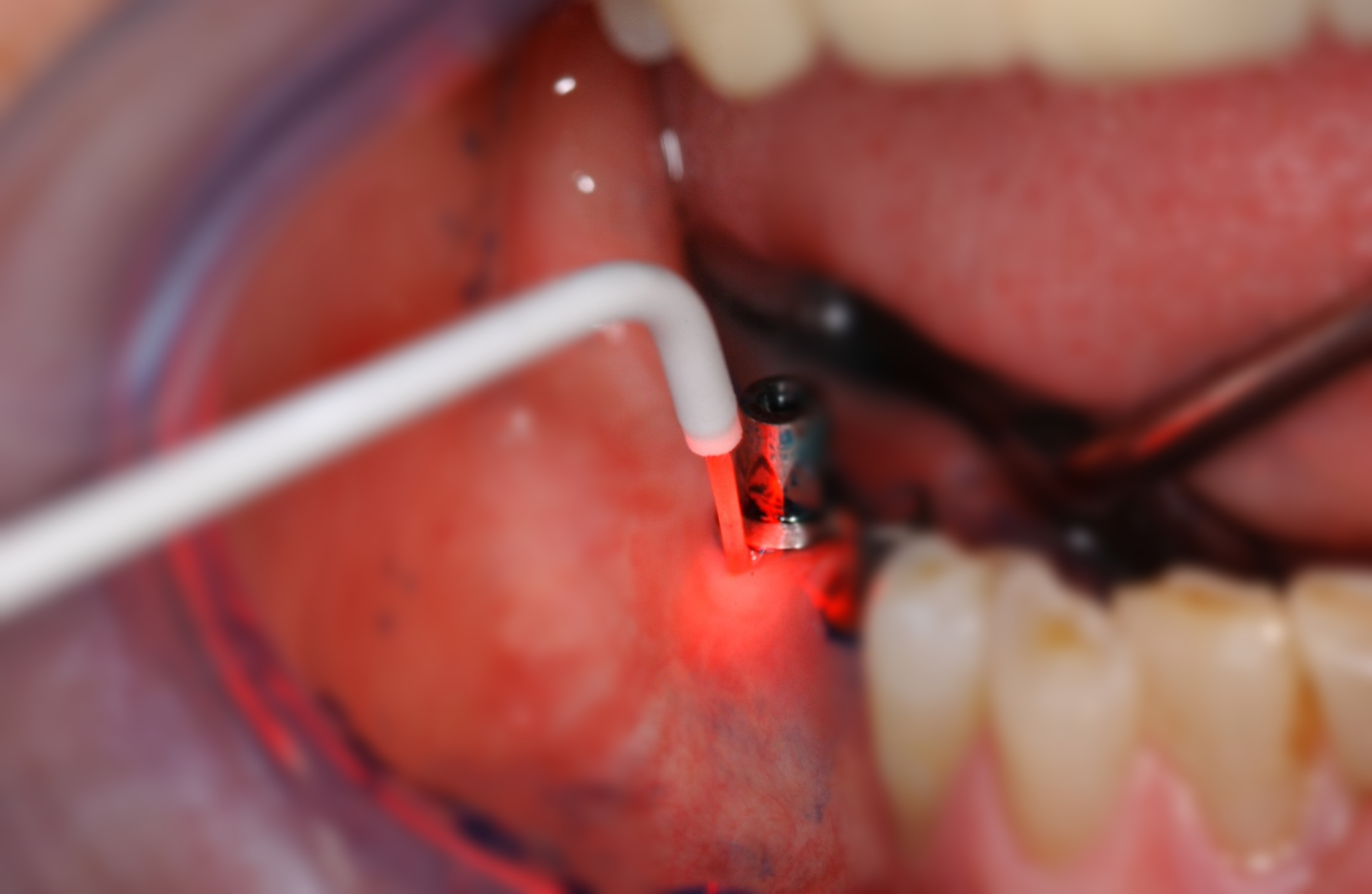
There are situations in which an implant can be placed directly after the removal of a tooth that is not worth preserving, and sometimes should be placed in order to prevent bone loss. Since there is often bacterial inflammation in the tooth sockets of the removed teeth, it makes sense to treat this area immediately with antibacterial therapy in order to improve implant healing. We do this using a scientifically tested procedure, the so-called antimicrobial photodynamic therapy (aPDT) with the HELBO® system. Here, after staining with a special sterile dye, LASER irradiation takes place, which immediately destroys the cell walls of the bacteria. A safe and completely painless procedure. HELBO® therapy is also used for regeneration in implant aftercare.
3D X-ray (digital volume tomography)
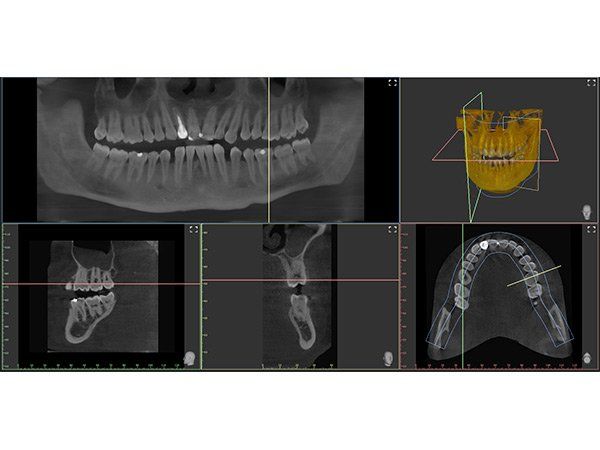
Modern 3-D X-ray diagnostics (DVT - digital volume tomography) today allows an outstanding representation and analysis of bone structures. With this procedure, in the MKG practice Dr. Hafner, an exact representation of the jawbones can be made. The findings will be demonstrated and discussed with you in detail immediately after the examination using the 3D visualization. Questions can be answered quickly and medically sensible solutions can be found. This modern special X-ray method (DVT) has a much lower radiation exposure compared to computer tomography (CT) and still delivers a high-resolution image quality, which is excellently suited, for example, for the exact planning of implants or for imaging diagnostics of wisdom teeth or root canals. The unique selling point of our state-of-the-art DVT lies in its ideal 3D imaging volume, which is based on the human anatomy and thus multiple exposures can be avoided.
Due to irreversible damage to the periodontium (e.g. periodontitis) and/or the destruction of a tooth as well as a lack of space or inflammation, the indication for tooth extraction may arise. Of course, a detailed examination, advice and education is carried out beforehand to determine whether this is actually necessary. Only then should therapy be carried out in the sense of a painless and gentle removal. On request, you can also receive an additional antimicrobial therapy with the HELBO®-LASER system. In addition to bacterial reduction, the LASER photomodulation of the adjacent soft tissue counteracts pain and swelling after the procedure. In principle, tooth extractions are carried out as gently as possible. A difficult anatomical position of a wisdom tooth can be an indication for a digital volume tomography (DVT) as extended imaging. This special examination takes place directly in the practice, a referral to an external X-ray center is not necessary.
In the case of bacterial inflammation of the tooth roots, which can no longer be treated with root canal treatment, it is possible that a so-called root tip resection can heal the findings and the desired goal of tooth preservation can be achieved. Here, the inflamed root tip is separated by a small surgical procedure and the root canal is sealed and sealed. With the antimicrobial photodynamic HELBO®-LASER therapy (aPDT), the surrounding inflammation can be treated gently and painlessly and a bacterial reduction of up to 99.99% can be achieved. In one by Dr. Hafner and PD Dr. Wieser conducted and scientifically published study, the HELBO®-LASER process was even able to achieve bacterial reductions of 99.9999% in laboratory tests.
bone formation

Sometimes the bone supply in the jaw area is not sufficient for a stable implant site. An exact measurement and analysis of your existing bone is carried out in practice using digital volume tomography (DVT). In such a situation, there are different surgical options to rebuild this bone in terms of regeneration. The body's own bone and/or bone replacement material is used for this purpose in combination with special self-dissolving collagen membranes, which can counteract renewed premature bone loss. This bone augmentation often takes place simultaneously with the insertion of the implant, since the body's own bone (bone chips) can be carefully collected during the preparation of the implant site and used directly for the bone augmentation. Occasionally, an independent minor surgical intervention may be necessary for bone augmentation. The implant is then inserted approx. 4-5 months later.
Osteonecrosis bisphosphonates and denosumab

Since 2002, Dr. Hafner Patients with jaw necrosis, which occurred as a result of drug therapy with bisphosphonates (e.g. Zometa). Later, another new group of drugs with this undesirable and dreaded side effect was added (eg Denusomab) which can cause the same clinical picture of necrosis of the jaw. The cause and correct treatment of this necrosis is still being discussed in the professional world and the indication for implants in particular is viewed critically. Already in 2006, Dr. Hafner presented an innovative therapy method for the treatment of jaw necrosis for the first time at the DGMKG annual congress, the combination of surgery and antimicrobial photodynamic therapy with the HELBO®-LASER method. This therapy method has proven itself over the years and has been continuously and consistently improved on the basis of many years of experience and scientific research. In addition to surgery and HELBO®-LASER therapy, special collagen membranes are now also used, which achieve healing and bone regeneration in the affected jaw areas and can counteract wound healing disorders. We would be happy to provide you with medical and dental advice and to discuss the optimal therapy that is suitable for your specific situation in detail. Dental implants are also possible and useful in some situations.



